October 29 stands as one of history’s most eventful days, witnessing the rise and fall of empires, groundbreaking discoveries, and moments that shaped our modern world across centuries of human achievement.

Politics and Government Events on October 29
1923 – Turkey Becomes a Republic

The Turkish Republic emerged from the ashes of the Ottoman Empire on this historic day. Mustafa Kemal Atatürk’s revolutionary government established a new secular state based on democratic principles.
The transformation marked the end of centuries of imperial rule and the beginning of modern Turkey. This pivotal moment reshaped the political landscape of the Middle East and established Turkey as a bridge between East and West.
1960 – Tanzania Renamed from Tanganyika and Zanzibar Union
The United Republic of Tanganyika and Zanzibar officially adopted the name Tanzania on this date. Political leaders sought to create a unified national identity following the union of the two territories.
The name change symbolized the consolidation of East African independence movements. Tanzania would become a leading voice in African liberation and non-aligned diplomacy under Julius Nyerere’s leadership.
1985 – Samuel Doe Wins Liberian Election

Major General Samuel K. Doe was declared winner of Liberia’s first multi-party election in decades. His victory marked a controversial transition from military rule to civilian government.
The election results faced widespread skepticism from international observers and domestic opposition. Doe’s presidency would continue to face challenges from ethnic tensions and economic instability throughout the 1980s.
2015 – China Ends One-Child Policy
The Chinese government announced the termination of its controversial one-child policy after 35 years of implementation. This demographic policy had profoundly shaped Chinese society and family structures for generations.
The policy change reflected growing concerns about an aging population and declining birth rates. China’s leaders recognized the need to address demographic imbalances that threatened future economic growth and social stability.
Military and Naval History on October 29
1914 – Ottoman Empire Enters World War I
The Ottoman Empire formally joined the Central Powers in World War I on this date. The Young Turk government’s decision would have catastrophic consequences for the empire’s future.
This strategic choice brought warfare to multiple fronts across the Middle East and Caucasus. The Ottoman entry ultimately led to the empire’s dissolution and the creation of modern Turkey and the Middle East.
1918 – German High Seas Fleet Mutiny
German sailors mutinied against their officers in the High Seas Fleet, effectively ending Germany’s naval operations. This rebellion triggered the broader German Revolution that would topple the Kaiser’s government.
The mutiny spread rapidly from Wilhelmshaven to other German ports and cities. Naval personnel refused orders to engage in a final, suicidal battle against the British Royal Navy.
1944 – Polish Forces Liberate Breda
The 1st Polish Armoured Division successfully liberated the Dutch city of Breda from German occupation. Polish forces had fought courageously across Western Europe following their country’s conquest in 1939.
Local Dutch civilians welcomed their Polish liberators with enormous celebration and gratitude. The liberation of Breda represented a significant step in the Allied advance toward Germany’s borders.
1944 – Soviet Red Army Enters Hungary
Soviet forces crossed into Hungarian territory as part of their massive offensive against Nazi Germany. The Red Army’s advance marked the beginning of Eastern Europe’s liberation from fascist occupation.
Hungarian resistance proved fierce, but Soviet numerical superiority gradually overwhelmed Axis defenses. This military operation would lead to Hungary’s eventual incorporation into the Soviet sphere of influence.
Science and Discovery Milestones on October 29
1969 – First ARPANET Connection Established
The first computer-to-computer link was successfully established on ARPANET, the precursor to the modern Internet. This groundbreaking achievement connected UCLA and Stanford Research Institute across California.
The initial message transmission marked the beginning of the digital revolution. ARPANET’s development would eventually transform global communications and create the foundation for today’s interconnected world.
1991 – Galileo Spacecraft Visits Asteroid Gaspra

NASA’s Galileo spacecraft made its closest approach to asteroid 951 Gaspra, becoming the first probe to visit an asteroid. This historic flyby provided unprecedented scientific data about these ancient celestial bodies.
The mission captured detailed images and measurements that revolutionized asteroid science. Galileo’s success paved the way for future asteroid exploration missions and enhanced our understanding of solar system formation.
1998 – John Glenn Returns to Space
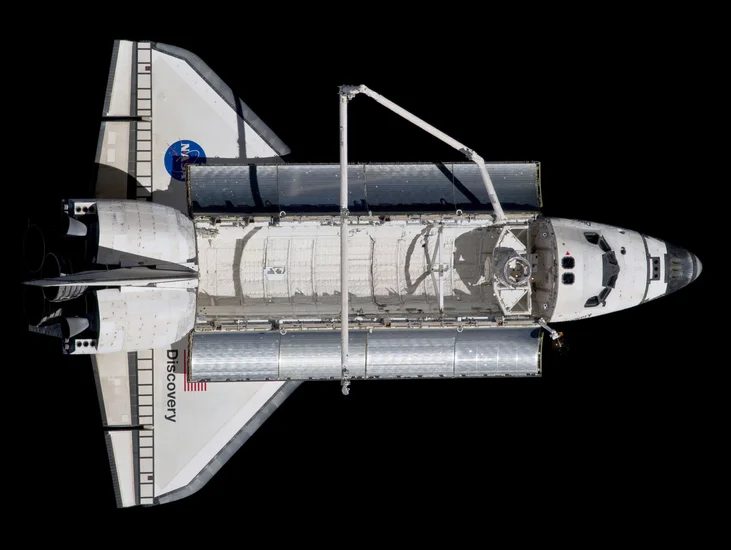
Space Shuttle Discovery launched with 77-year-old John Glenn aboard, making him the oldest person to travel to space. The former Mercury astronaut’s return captivated the world and demonstrated space travel’s potential for older individuals.
Glenn’s participation in STS-95 provided valuable medical data about aging in microgravity. His historic flight inspired a new generation of space enthusiasts and proved that age need not limit human exploration.
1998 – HDTV Broadcasting Begins in America
The United States inaugurated ATSC HDTV broadcasting with the launch of Space Shuttle Discovery. This technological milestone marked the beginning of high-definition television’s widespread adoption across America.
The new broadcasting standard promised dramatically improved picture quality and sound. HDTV would eventually replace analog television and transform how Americans consumed visual entertainment.
Cultural and Arts Events on October 29
1967 – Expo 67 Montreal World’s Fair Closes
Montreal’s spectacular World’s Fair concluded after attracting over 50 million visitors from around the globe. Expo 67 had showcased human achievement and international cooperation during the turbulent 1960s.
The fair’s success transformed Montreal into a truly international city and boosted Canadian national pride. Many pavilions and innovations from Expo 67 continued to influence architecture and urban planning worldwide.
1964 – Star of India Jewel Heist
The biggest jewel heist in history occurred at New York’s American Museum of Natural History. Murph the Surf and his gang successfully stole the famous Star of India sapphire and other priceless gems.
The daring theft captivated public imagination and became legendary in criminal folklore. The sophisticated burglary exposed serious security vulnerabilities in major American cultural institutions.
1998 – Gothenburg Nightclub Fire Tragedy
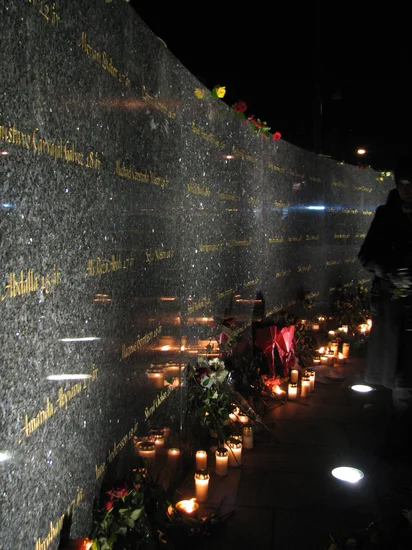
A devastating fire swept through a nightclub in Gothenburg, Sweden, killing 63 people and injuring over 200. The tragedy highlighted serious fire safety deficiencies in entertainment venues worldwide.
The disaster prompted sweeping changes to fire safety regulations and emergency procedures. Sweden’s response to the tragedy became a model for improving public safety in crowded entertainment facilities.
Religious and Social Events on October 29
1941 – Holocaust Massacre at Kaunas Ghetto

Over 10,000 Jews were murdered by German forces at the Ninth Fort in the Kaunas Ghetto. This horrific massacre, known as the “Great Action,” represented one of the Holocaust’s most devastating single-day killings.
The systematic murder shocked even hardened Nazi officials with its brutality and scope. This atrocity demonstrated the genocidal nature of Nazi policies toward Jewish communities across occupied Europe.
1942 – British Religious Leaders Protest Nazi Persecution
Leading British clergymen and political figures held a public meeting to condemn Nazi Germany’s persecution of Jews. This demonstration marked growing international awareness of the Holocaust’s systematic nature.
The protest represented an early attempt to mobilize public opinion against Nazi atrocities. Religious leaders called for immediate action to rescue European Jews from Nazi persecution and genocide.
1998 – South African Truth and Reconciliation Commission Report
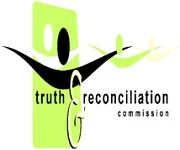
The Truth and Reconciliation Commission presented its comprehensive report on apartheid-era atrocities in South Africa. The document condemned both government forces and liberation movements for human rights violations.
The commission’s work represented a unique approach to transitional justice and national healing. Its findings provided crucial documentation of apartheid’s crimes while promoting reconciliation between formerly opposing communities.
Business and Economic Events on October 29
1929 – Black Tuesday Stock Market Crash
The New York Stock Exchange experienced its most devastating crash in history, ending the Great Bull Market of the 1920s. This catastrophic collapse triggered the Great Depression that would last for over a decade.
Millions of investors lost their life savings as stock prices plummeted to unprecedented lows. The crash exposed fundamental weaknesses in the American financial system and led to major economic reforms.
2008 – Delta-Northwest Airlines Merger
Delta Air Lines completed its merger with Northwest Airlines, creating the world’s largest airline company. This consolidation reduced the number of major US carriers to five and reshaped the aviation industry.
The merger promised improved efficiency and expanded route networks for travelers. However, it also raised concerns about reduced competition and higher airfares in the American aviation market.
1986 – Margaret Thatcher Opens M25 Motorway

British Prime Minister Margaret Thatcher officially opened the final section of the M25 motorway around London. This massive infrastructure project created Britain’s longest orbital highway and transformed regional transportation.
The motorway’s completion represented a major achievement in British engineering and construction. The M25 would become crucial for London’s economic development but also infamous for its traffic congestion problems.
Transportation and Infrastructure on October 29
1955 – Soviet Battleship Novorossiysk Sunk by Mine
The Soviet battleship Novorossiysk struck a World War II mine in Sevastopol harbor and sank. This disaster highlighted the ongoing dangers posed by unexploded ordnance left from the war.
The loss of the flagship shocked the Soviet Navy and prompted improved mine clearance efforts. The incident demonstrated how World War II’s legacy continued to threaten maritime safety years after the conflict ended.
1960 – Cal Poly Football Team Plane Crash
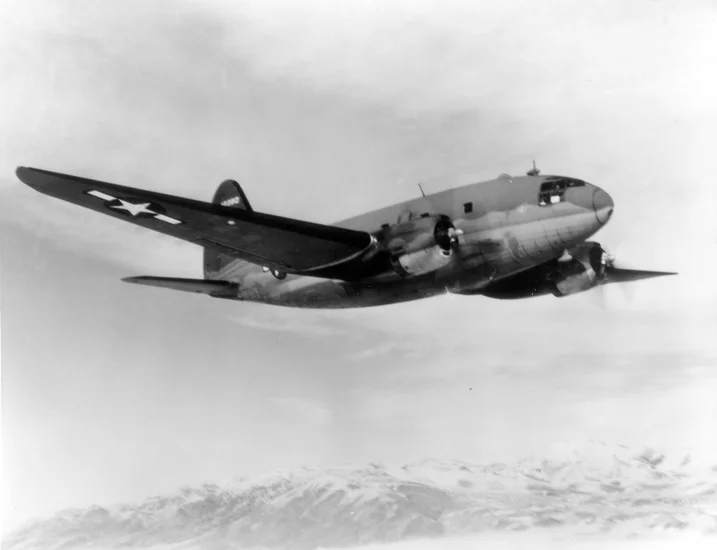
An airplane carrying the Cal Poly football team crashed during takeoff in Toledo, Ohio. The tragedy killed 22 people and devastated the university’s athletic program and campus community.
The crash prompted significant improvements in aviation safety standards for charter flights. Memorial services and scholarships were established to honor the victims and support their families.
2006 – Nigerian Aviation Disaster

ADC Airlines Flight 053 crashed shortly after takeoff from Abuja’s international airport, killing 96 people. The disaster highlighted serious safety concerns in Nigeria’s rapidly expanding aviation sector.
The crash prompted government investigations and regulatory reforms in Nigerian aviation. International aviation authorities increased scrutiny of African airlines and their safety protocols.
Sports and Recreation on October 29
1971 – Duane Allman Dies in Motorcycle Accident

Duane Allman, legendary guitarist of the Allman Brothers Band, died in a motorcycle crash in Macon, Georgia. His death at age 24 cut short one of rock music’s most promising careers.
Allman’s innovative guitar work had helped define Southern rock and influenced countless musicians. His tragic death shocked the music world and marked the end of an era in American rock music.
1980 – Operation Credible Sport Crash
A demonstration flight of a modified C-130 aircraft for the Iran hostage rescue mission ended in a crash at Eglin Air Force Base. The accident led to the cancellation of Operation Credible Sport.
The experimental aircraft featured rocket boosters for short runway operations in Iran. The crash demonstrated the extreme risks involved in unconventional military rescue operations.
1998 – Hurricane Mitch Devastates Central America

Hurricane Mitch, the second deadliest Atlantic hurricane in recorded history, made landfall in Honduras. The catastrophic storm would kill thousands and cause billions in damage across Central America.
Mitch’s unprecedented destruction exposed the vulnerability of developing nations to extreme weather events. The hurricane’s impact prompted major international relief efforts and discussions about climate change adaptation.
Notable Births on October 29
1920 – Baruj Benacerraf, Nobel Prize-Winning Immunologist
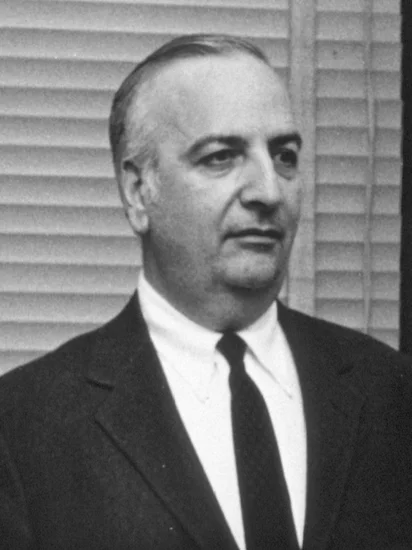
Venezuelan-American physician Baruj Benacerraf was born in Caracas, Venezuela. His groundbreaking research would revolutionize our understanding of the human immune system and transplant medicine.
Benacerraf’s work on histocompatibility genes earned him the Nobel Prize in Physiology or Medicine in 1980. His discoveries laid the foundation for modern organ transplantation and autoimmune disease treatment.
1923 – Carl Djerassi, Birth Control Pioneer
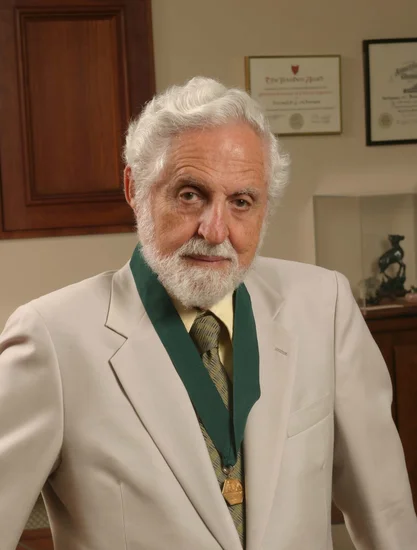
Austrian-American chemist Carl Djerassi was born in Vienna, Austria. His revolutionary work in steroid chemistry would lead to the development of the first oral contraceptive pill.
Djerassi’s research transformed reproductive health and women’s rights worldwide. His scientific achievements earned him recognition as one of the most influential chemists of the 20th century.
1938 – Ellen Johnson Sirleaf, Nobel Peace Prize Winner
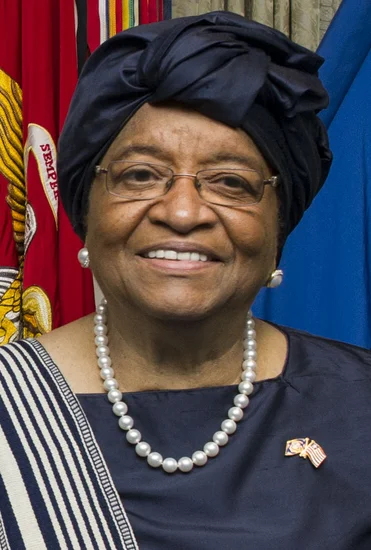
Ellen Johnson Sirleaf was born in Monrovia, Liberia, destined to become Africa’s first elected female head of state. Her leadership would transform Liberian politics and inspire women across the continent.
Sirleaf’s presidency brought peace and stability to war-torn Liberia following decades of civil conflict. Her achievements in promoting women’s rights and democratic governance earned her the Nobel Peace Prize in 2011.
1942 – Bob Ross, Beloved Television Painter

Bob Ross was born in Daytona Beach, Florida, becoming America’s most famous television art instructor. His gentle demeanor and encouraging teaching style made art accessible to millions of viewers.
Ross’s television show “The Joy of Painting” introduced countless people to artistic expression. His positive philosophy and wet-on-wet painting technique continue to inspire artists and non-artists alike worldwide.
1947 – Richard Dreyfuss, Academy Award-Winning Actor
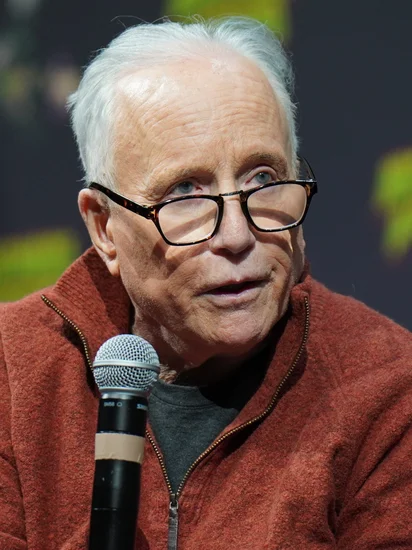
Richard Dreyfuss was born in Brooklyn, New York, beginning a career that would span over five decades. His versatile acting ability made him one of Hollywood’s most respected performers.
Dreyfuss won the Academy Award for Best Actor for his role in “The Goodbye Girl” in 1977. His performances in films like “Jaws” and “Close Encounters of the Third Kind” defined 1970s American cinema.
1971 – Winona Ryder, Acclaimed Actress

Winona Ryder was born in Winona, Minnesota, destined to become one of her generation’s most talented actresses. Her performances would define independent cinema in the 1980s and 1990s.
Ryder’s roles in films like “Beetlejuice” and “Little Women” showcased her remarkable range and depth. Her career resurgence in “Stranger Things” introduced her to a new generation of fans worldwide.
Notable Deaths on October 29
1911 – Joseph Pulitzer, Newspaper Publishing Pioneer
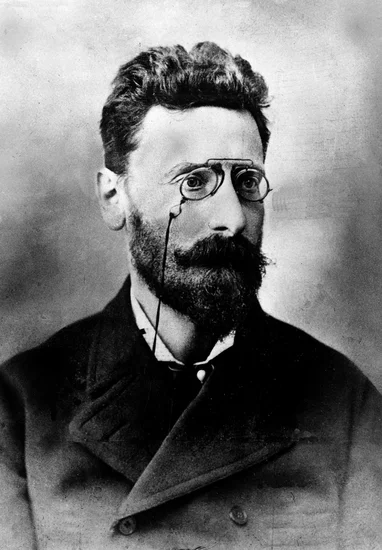
Joseph Pulitzer, the Hungarian-American newspaper publisher and founder of Pulitzer, Inc., died at age 64. His innovations in journalism and commitment to press freedom transformed American media.
Pulitzer’s newspaper empire set new standards for investigative reporting and public service journalism. His endowment established the prestigious Pulitzer Prizes, which continue to honor excellence in journalism and literature.
1924 – Frances Hodgson Burnett, Beloved Children’s Author
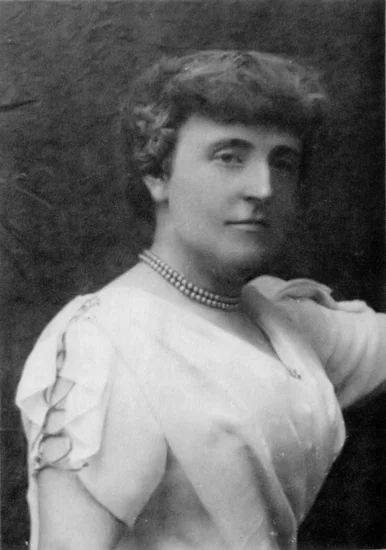
Frances Hodgson Burnett, the English-American novelist and playwright, died at age 74. Her timeless children’s stories brought joy and inspiration to countless young readers worldwide.
Burnett’s novels “The Secret Garden” and “Little Lord Fauntleroy” became classics of children’s literature. Her work emphasized themes of hope, transformation, and the healing power of nature and friendship.
1950 – Gustaf V of Sweden, Long-Reigning Monarch
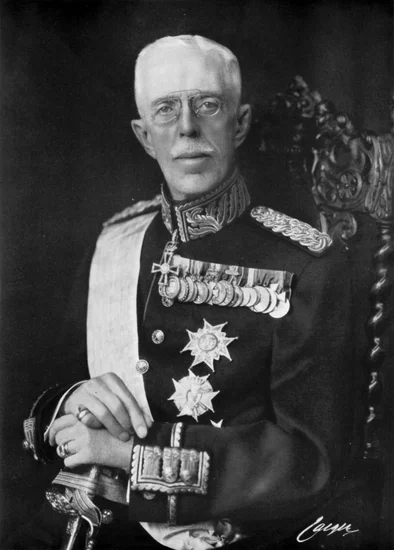
King Gustaf V of Sweden died after reigning for 43 years, making him one of Europe’s longest-serving monarchs. His reign spanned two world wars and Sweden’s transformation into a modern welfare state.
Gustaf V maintained Sweden’s neutrality during both world wars while modernizing the monarchy’s role. His death marked the end of an era in Swedish history and the beginning of a new constitutional monarchy.
1971 – Duane Allman, Legendary Rock Guitarist

Duane Allman, the influential guitarist of the Allman Brothers Band, died in a motorcycle accident at age 24. His innovative guitar work had helped define Southern rock and blues-rock fusion.
Allman’s slide guitar technique and improvisational skills influenced countless musicians across multiple genres. His tragic death cut short one of rock music’s most promising careers and shocked the music world.
1987 – Woody Herman, Big Band Leader
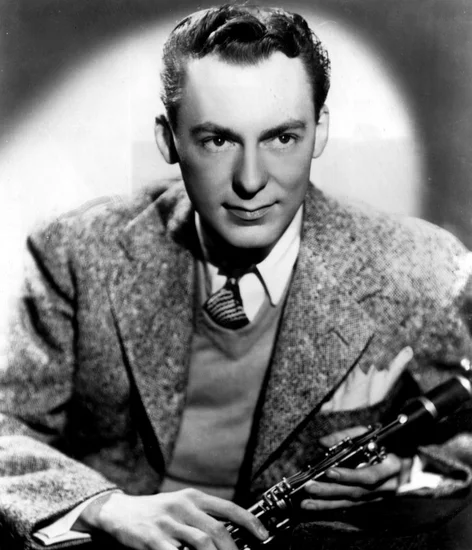
Woody Herman, the American jazz clarinetist and bandleader, died at age 74 after leading orchestras for over 50 years. His “Herds” introduced innovative jazz arrangements and launched many musicians’ careers.
Herman’s bands bridged the gap between swing and bebop, adapting to changing musical tastes. His leadership and musical vision made him one of the most respected figures in American jazz history.
1997 – Anton LaVey, Church of Satan Founder
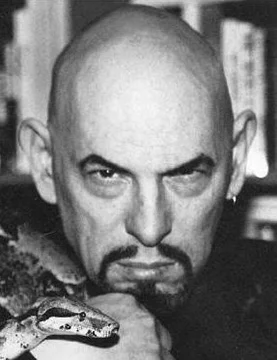
Anton LaVey, the controversial founder of the Church of Satan, died at age 67. His provocative philosophy and theatrical approach to Satanism challenged conventional religious thinking in America.
LaVey’s “Satanic Bible” became a countercultural phenomenon and influenced alternative religious movements. His dramatic persona and philosophical writings left a lasting impact on American religious and cultural discourse.
Holidays and Observances on October 29
Republic Day in Turkey

Turkey celebrates Republic Day (Cumhuriyet Bayramı) to commemorate the proclamation of the Turkish Republic in 1923. This national holiday honors the establishment of modern Turkey under Mustafa Kemal Atatürk’s leadership.
The celebration features parades, ceremonies, and cultural events across the country. Republic Day represents Turkey’s transformation from an imperial system to a modern, secular republic based on democratic principles.
National Cat Day in the United States
Americans observe National Cat Day to celebrate feline companions and promote cat welfare. This unofficial holiday encourages adoption from shelters and raises awareness about responsible pet ownership.
The observance highlights the important role cats play in millions of American households. Animal welfare organizations use this day to promote spaying, neutering, and proper veterinary care for cats.
Coronation Day in Cambodia
Cambodia commemorates the coronation of its monarch on this date. The observance honors the constitutional monarchy and the royal family’s role in Cambodian culture and history.
The celebration includes traditional ceremonies and cultural performances throughout the kingdom. Coronation Day reinforces Cambodia’s monarchical traditions and national identity following decades of political upheaval.
